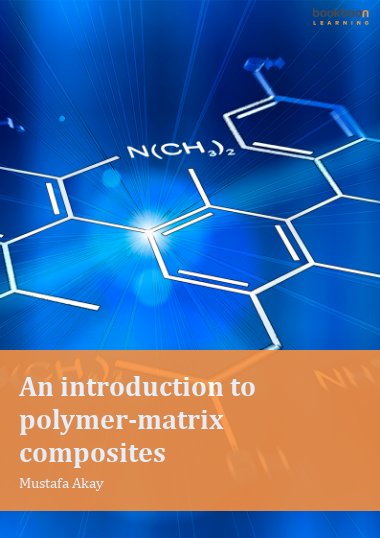The book on polymer-matrix composites (PMCs) covers both continuous and discontinuous fibre reinforced thermoplastic and thermosetting polymers. It highlights how the incorporation of fibres into polymers makes them more attractive as engineering materials, with very high specific strength and stiffness, compared with metals. The content includes the properties of fibres and matrices, and production methods for PMCs, including wood-plastic composites. Tensile strength and elastic modulus are estimated in terms of fibre content, and fibre length and orientation. The contribution of the failure mechanisms of debonding and fibre-pull to the toughness of composites is evaluated. The coverage contains a chapter on various aspects of mechanical and thermal properties. The chapter on applications includes the use of composites in construction, transportation (road, rail and marine), sports and leisure as well as aerospace.

